(1886 products available)










































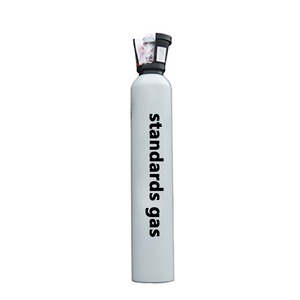
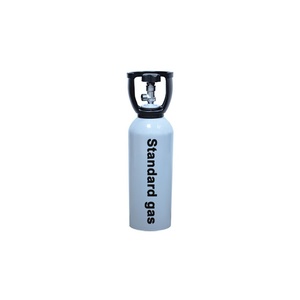
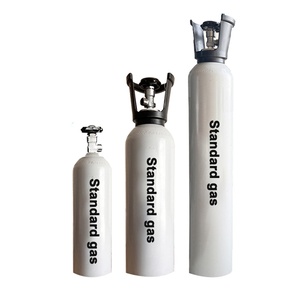
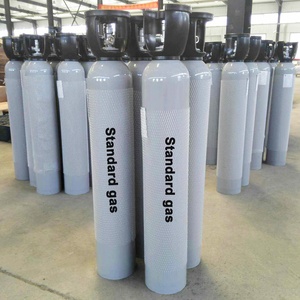
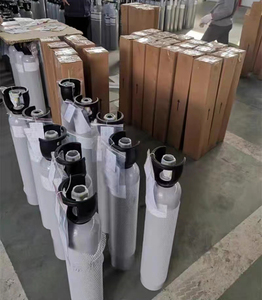
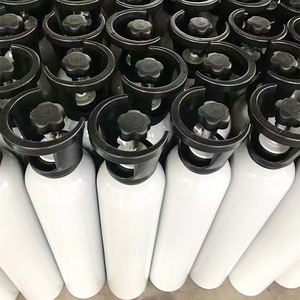












































































































Isobutane gas is prevalent in various industries due to its unique properties. It falls under the category of chemical compounds known as alkanes and is derived from petroleum refining and gas processing. Below are some common types of isobutane gas available in the market.
This type is highly concentrated and primarily used in the chemical industry. It is used to manufacture isooctane, exfoliated graphite, butyl rubber, and other butyl compounds. Industrial-grade isobutane is ideal for businesses that require large-scale supplies for processing and production.
This is a highly efficient form of isobutane, stored under great pressure as a liquid. The compound acts as a refrigerant in cooling devices like refrigerators, air conditioning units, and car cooling systems. Buyers are advised to invest in durable storage cylinders since the liquid isobutane is sensitive to pressure changes. When stored in a quality cylinder, the stability of isobutane gas for refrigeration is guaranteed, making it consistent for business use.
It has a concentration of 99.9% isobutane or higher. It is ideal for sensitive applications such as the semiconductor and petroleum industries. Businesses that require high-quality raw materials for their critical processes also benefit from purchasing high-purity isobutane.
Isobutane is versatile in how it can be utilized across different industries. Below are some common uses this gas can be employed in.
In the refrigeration and air conditioning realm, isobutane is deployed as a refrigerant, especially in systems designed to be environmentally friendly and energy-efficient.
In consumer products like sprays for personal care, household cleaning, and automotive products, isobutane acts as an aerosol propellant. It helps dispense product formulations smoothly and evenly. Isobutane is considered a more environmentally friendly alternative to other propellants because it produces low residual and does not deplete the ozone layer.
The isobutane isomer also has applications in the petroleum industry. For example, isooctane is blended into high-octane gasoline. This, in turn, enhances fuel performance in the automotive sector.
Isobutane, a key raw material, is used in synthesizing various chemicals. These include but are not limited to butyl rubber, surfactants, and antifreeze agents. Businesses in the chemical manufacturing industry also require isobutane as a crucial feedstock for producing valuable chemical intermediates and end products.
Isobutane gas for sale has got numerous benefits. Consider these advantages when buying isobutane gas in bulk for business use.
Isobutane is much cleaner. It produces lower emissions compared to many other fossil fuels when combusted. This low emission contributes less to air pollution, making it an ideal choice for businesses with a focus on sustainability. Furthermore, isobutane is often used as an aerosol propellant because it does not deplete the ozone layer.
When utilized as a fuel, isobutane delivers high energy output. It is especially effective in heating and power generation applications. Also, using isobutane as a refrigerant can enhance the energy efficiency of cooling systems. This leads to lower overall energy costs for businesses.
Isobutane is typically used for various applications. These include petrochemical production, refrigeration, and as an aerosol propellant. This versatility across industrial and commercial sectors helps standardize processes and reduce the need for multiple fuels or chemicals.
Isobutane is a clean-burning, high-octane hydrocarbon that contributes to fuel quality. This makes it suitable for blending in gasoline formulations. In fact, isooctane, derived from isobutane and isobylene, is a standard reference for measuring octane ratings.
Isobutane, in Liquid form, can be easily stored and transported in pressurized cylinders. This convenience allows for efficient management of supply chains and assures businesses for consistent availability and quality.
Safe and effective storage of isobutane gas is vital for maintaining its stability and ensuring both safety and accessibility to the product. Here are some key aspects for buyers to consider when storing isobutane gas.
Isobutane is typically stored in high-quality, durable steel cylinders designed to withstand the pressure of the gas. These cylinders should meet all relevant safety and regulatory standards, including ISO and OSHA requirements. This helps ensure the stability of isobutane gas in cylinders.
When shopping for isobutane cylinders, settle for reputable vendors that stock quality cylinders. A stable gas cylinder can ensure the safe storage of isobutane. It will also minimize the risk of leaks or explosions.
Another method to ensure stability is to maintain a consistent temperature where the cylinders are stored. Evade storing the cylinders in extreme temperatures, be it high or low. Ideally, the storage area should be cool and well-ventilated, with a temperature range of 10–25°C.
Store the cylinders in a dry, well-ventilated room in a ventilated storage room. This helps prevent the accumulation of any potentially explosive gas concentrations. Furthermore, avoid exposure to direct sunlight or extreme heat, as this can increase the pressure within the cylinder to dangerous levels.
Avoid storing isobutane cylinders alongside reactive gases like acetylene, hydrogen, or oxygen. This is crucial for explosion prevention, as mixing these gases with isobutane can result in deadly chemical reactions. Also, store full and empty cylinders separately to avoid any chance of confusion or contamination.
Cylinders must be handled using proper safety gear. Some recommended safety gear includes gloves, goggles, and protective clothing. Further, all workers should be trained in the dangers of isobutane and the correct handling procedures of gas cylinders.
As for any other industrial product, quality and safety are key considerations when buying isobutane gas in bulk. Below are some key aspects to look out for when vetting the quality of the gas and ensuring safety in handling and storage.
Use high-quality, corrosion-resistant cylinders to avoid leaks and ensure stable isobutane gas for refrigeration and other uses. Further, inspect the gas cylinders regularly for signs of wear, damage, rust, or який. Look out for this kind of wear at least once every three months and frequent use.
Also, ensure the cylinders are fitted with appropriate safety valves. These help prevent the risk of explosion or release of hazardous substances due to high pressure.
The purity of isobutane gas can largely affect the end result of its use in different industries. For instance, high-repurity isobutane is necessary in the semiconductor and petrochemical industries for chemical synthesis. On the other hand, industrial-grade isobutane can be used in bulk for non-sensitive applications.
When buying isobutane gas, prioritize suppliers that provide detailed product specifications and test reports. These documents should indicate the purity level and the presence of any contaminants. Buyers should settle for isobutane with a minimum purity of 97%. Any gas with a higher percentage will work, though.
Train workers on safe handling practices for gas cylinders. The practices can entail using appropriate lifting equipment to avoid injury when handling heavy cylinders. Promote using personal protective equipment (PPE) such as gloves and safety goggles when handling the gas to prevent exposure.
As mentioned earlier, isobutane is usually stored in pressurized cylinders. It is, therefore, recommended to always treat these cylinders as full, even when empty, because they may still contain residual gas under pressure. In addition, never attempt to repair or modify a gas cylinder. Just take them to a professional instead.
To guarantee safety when handling and using isobutane, always check the cylinders for leaks using a soapy water solution. This will highlight the presence of any bubbles. If any are formed, return the cylinder to a professional for proper repair or disposal.
A1. Normally, isobutane cannot be directly used as a fuel in automobiles. Though, it is a component of reformulated gasoline. Here, it contributes to the overall octane rating and fuel quality.
A2. Buyers should prioritize purchasing industrial-grade isobutane. Moreover, they should consider the gas's purity level and handle it safely using trained personnel. They should also check for leaks quarterly and often inspect the cylinders.
A3. Request detailed product specifications alongside the gas and inspect certificates of analysis (COA). These documents indicate the purity level and the presence of contaminants.
A4. Accompanying gases like propane, ethane, and nitrogen may be found in isobutane gas. Besides, trace elements such as water vapor, carbon dioxide, and hydrogen sulfide may also be present. They are usually removed through various purification processes.
A5. When shopping for isobutane gas, quality isobutane will come with a high purity level of 97% or more. At this point, the gas will be colorless, odorless, and have no taste, with a slight sweetness. In addition, quality isobutane will have a high octane rating and will be non-toxic with no environmental impact.